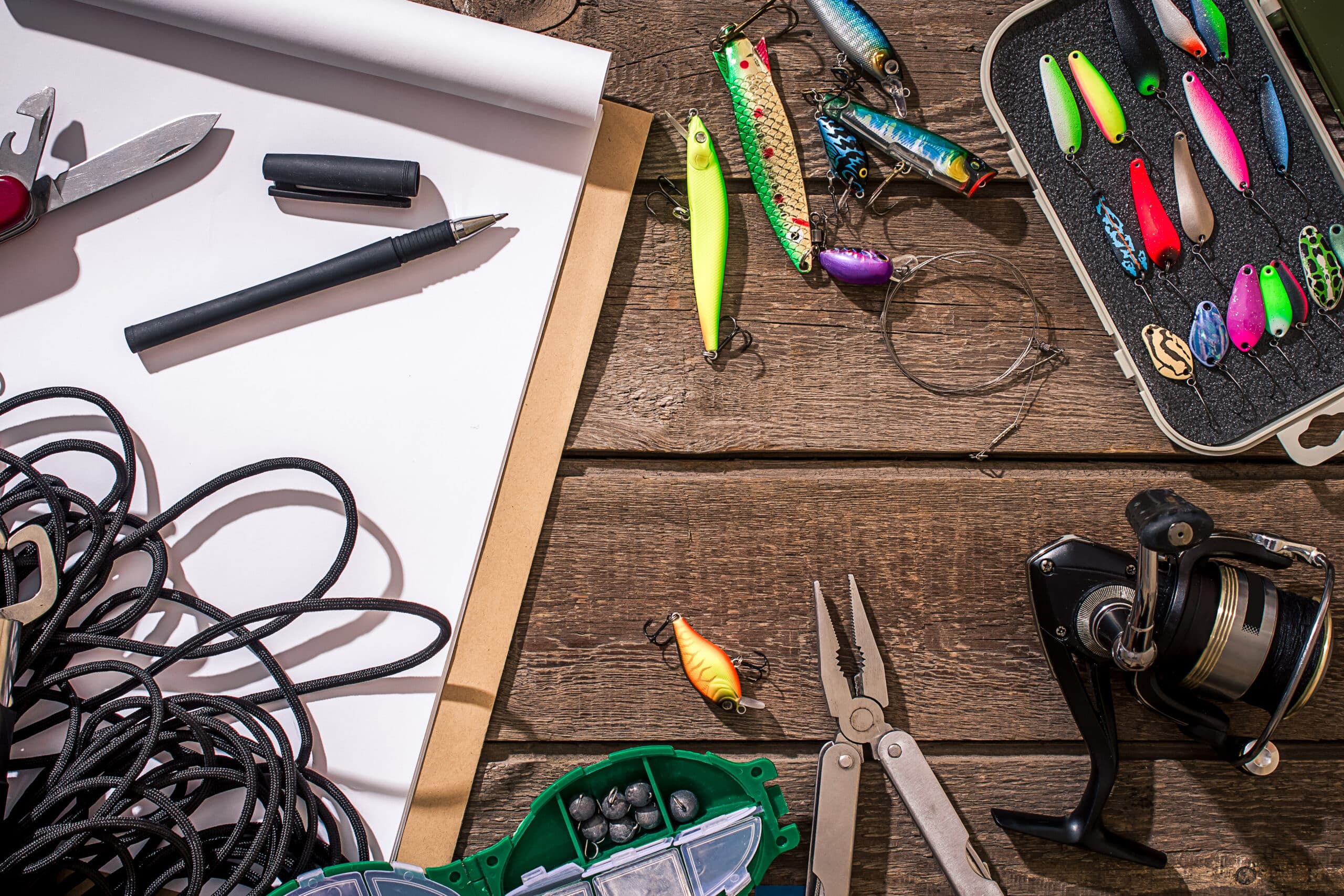What Pound Test Do Pro Bass Fishermen Use?
Key Takeaways
- Professional bass fishermen use a range of pound test lines depending on fishing techniques, target species, and fishing conditions.
- For finesse baits and spinning reels, experts recommend a pound test range of 8-12 pounds for optimal performance and sensitivity.
- When fishing in heavy cover, a line strength of 15-20 pounds is suggested to prevent break-offs and handle the power of larger bass.
When it comes to bass fishing, one question that often arises is what pound test line professional anglers use. As with many aspects of fishing, the answer is not as straightforward as one might think. Professional bass fishermen use a range of pound test lines, depending on various factors such as fishing techniques, target species, and fishing conditions.
While there is no one-size-fits-all answer, we can explore the recommendations and insights provided by experts in the field to gain a better understanding of the pound test lines preferred by professional bass fishermen.
Fishing Techniques and Line Strength
One crucial factor in selecting the appropriate pound test line for bass fishing is the fishing technique employed by the angler. Different techniques require different line strengths to ensure optimal performance and success.
For finesse baits and spinning reels, which are commonly used for delicate presentations, experts recommend a pound test range of 8-12 pounds. This range provides enough strength to handle larger bass while maintaining the sensitivity required to detect subtle bites. Monofilament or fluorocarbon lines are often preferred for finesse fishing due to their low visibility in the water.
On the other hand, when fishing in heavy cover where the bass might seek refuge, a line strength of 15-20 pounds is suggested. The thicker line helps prevent break-offs and provides the angler with enough power to pull the fish out of vegetation or other obstacles.
When targeting larger bass with big swimbaits or crankbaits, a braided main line in the range of 30-50 pounds is considered versatile. The braided line offers excellent strength and durability, allowing anglers to handle the increased strain associated with larger, more aggressive bass.
Target Species and Line Recommendations
The pound test line used by professional bass fishermen can also vary depending on the target species. Different bass species, such as smallmouth bass, largemouth bass, and spotted bass, may require different line strengths due to their size and behavior.
For smallmouth bass, which are known for their fighting abilities, a recommended pound test range is between 8 and 12 pounds. A popular choice among anglers is a 10-pound test line, which strikes a balance between strength and sensitivity.
When it comes to largemouth bass, which can grow larger than their smallmouth counterparts, a pound test range of 12-20 pounds is recommended. Many professional anglers opt for a 16-pound test line to handle the size and power of largemouth bass effectively.
Similarly, for spotted bass, a pound test range of 12-20 pounds is suggested. A 14-pound test line is often favored due to its ability to withstand the fight of spotted bass while providing enough strength to handle larger specimens.
Other Factors to Consider
While fishing techniques and target species play a significant role in determining the pound test line used by professional bass fishermen, other factors should also be considered.
Fishing location can influence line selection, as different bodies of water might require adjustments in line strength. Additionally, fishing conditions such as water clarity and weather conditions can impact line visibility and performance.
Ultimately, the best pound test line for professional bass fishermen is one that provides a good balance between strength and sensitivity, depending on the specific characteristics of the bass species, fishing location, and fishing technique.
Related Websites:
FAQs:
Q: What is pound test and why is it important in fishing?
Pound test refers to the strength of a fishing line and its ability to withstand different weights of fish. It is important because using the appropriate pound test for different fishing situations ensures that the line can handle the size and weight of the fish, reducing the risk of line breakage or losing the catch.
Q: What factors influence the pound test selection for pro bass fishermen?
Pro bass fishermen consider the size and weight of the fish they are targeting when selecting the pound test. They also take into account the fishing environment, such as the type of water (lake, river) and vegetation. Additionally, their preferred fishing techniques, such as flipping, pitching, or topwater fishing, can impact their pound test selection.
Q: What are the common pound test ranges used by pro bass fishermen?
Professional bass fishermen typically use a range of pound tests. Lower pound test lines (6-10 lb) are commonly used for finesse fishing techniques. Medium pound test lines (12-17 lb) offer versatility and are suitable for handling larger bass. Higher pound test lines (20 lb and above) are used for heavy cover fishing and targeting bigger bass.
Q: What factors should amateur bass fishermen consider when choosing pound test?
Amateur bass fishermen should understand their local fishing environment and target species to determine the suitable pound test. It’s important to gradually adapt to higher pound test lines as confidence and experience grow. Experimentation is encouraged to find the right pound test for their specific fishing needs.
Q: How can I become a proficient bass fisherman with the right pound test selection?
Choosing the appropriate pound test is crucial for successful bass fishing. Research further, consult local experts, or visit tackle shops for personalized advice. Remember that the journey of becoming a proficient bass fisherman is an exciting one, and the right pound test selection plays a vital role in that process.






